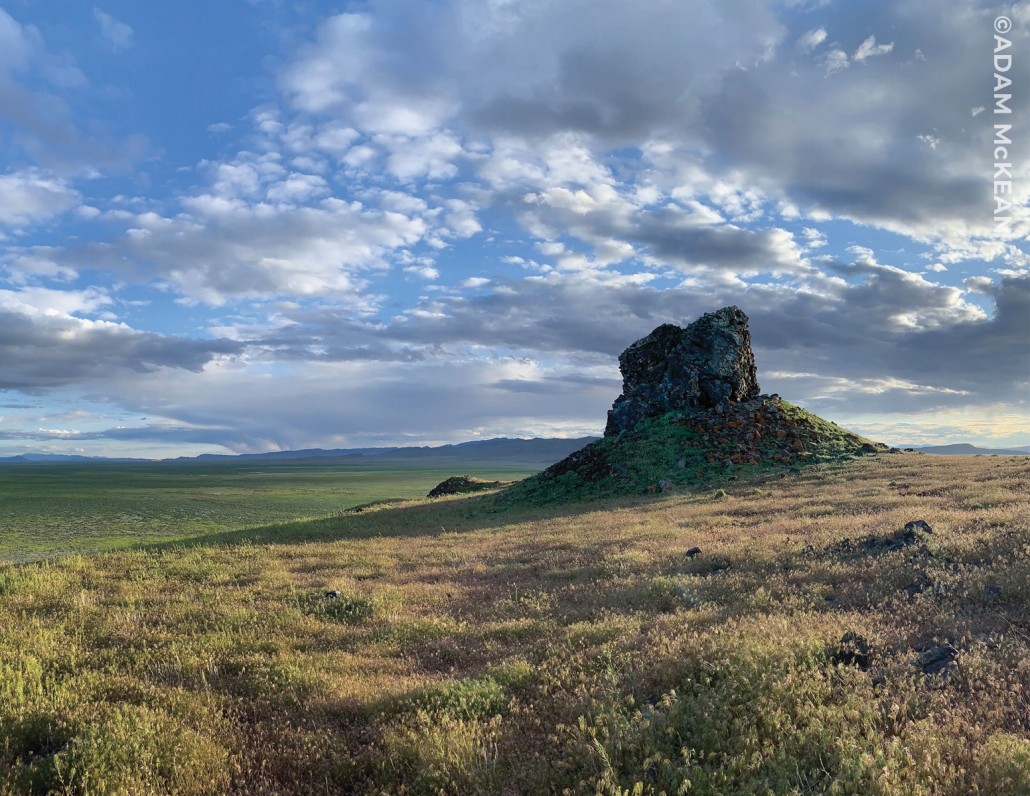Please join us for a community discussion about earthquake risk in Utah.
Tuesday, February 4, 5:30 – 7:30p
Where: Architecture Building, Bailey Gallery at the University of Utah – https://map.utah.edu/
Who should attend? Any professional working in earthquake resilliency including geologists, city planners, engineers, city officials, state officials, emergency managers, faculty, and the public.
- 5:30 – 6:00p Social mixer with light refreshments
- 6:00 – 7:00 p Panel discussion
Panelists:
- Bob Carey, Earthquake Program Manager, Utah Department of Emergency Management
- Lisa Grow Sun, Professor of Law, J. Reuben Clark Law School, Brigham Young University
- Barry H. Welliver S.E., Principal Structural Engineer, BHW Engineers
- Ivan G. Wong, PG, Senior Principal Seismologist, Lettis Consultants International



 Lance Weaver
Lance Weaver
 Trevor Schlossnagle
Trevor Schlossnagle





